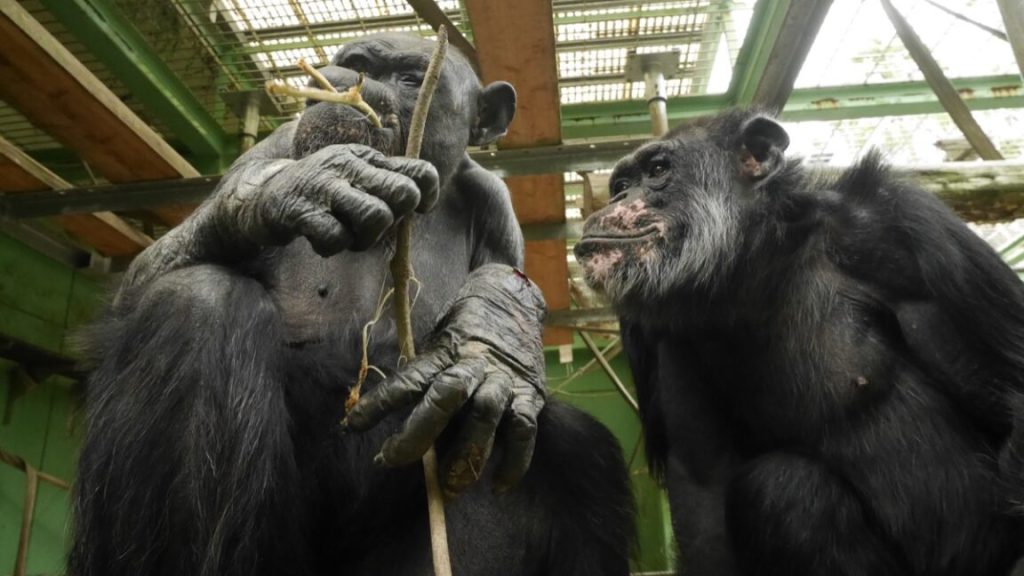Peeing is contagious among chimps – Ars Technica

Physical proximity, social dominance are primary factors involved in “contagious urination” behavior.
When ya gotta go, ya gotta go, and if it sometimes seems like the urge to pee seems more pressing when others nearby are letting loose—well, there’s now a bit of science to back that up. It turns out that humans may not be the only species to experience “contagious urination,” according to a new paper published in the journal Current Biology. Chimpanzees living at the Kumamoto Sanctuary in Japan are also more likely to relieve themselves when others are doing so nearby, and the behavior seems to be hierarchical, “flowing down” from dominant chimps to more passive ones.“In humans, urinating together can be seen as a social phenomenon,” said coauthor Ena Onishi of Kyoto University. “An Italian proverb states, ‘Whoever doesn’t pee in company is either a thief or a spy’ (Chi non piscia in compagnia o è un ladro o è una spia), while in Japanese, the act of urinating with others is referred to as ‘Tsureshon’ (連れション). This behavior is represented in art across centuries and cultures and continues to appear in modern social contexts. Our research suggests that this phenomenon may have deep evolutionary roots.”Onishi, et al decided to study the phenomenon after noticing that many chimps in the sanctuary seemed to synchronize when they peed, and they wondered whether the phenomenon might be similar to how one person yawning can trigger others to follow suit—another “semi-voluntary physiological behavior.” There had been no prior research into contagious peeing. So they filmed the 20 captive chimps over 600 hours, documenting over 1,300 “urination events.”Those results supported the initial hypothesis that chimps tended to urinate in sync rather than randomly. Further analysis showed that the closer a chimp was to another peeing chimp, the more likely the probability of that chimp peeing as well—evidence of social contagion. Finally, Onishi et al. wanted to explore whether social relationships (like socially close pairs, evidenced by mutual grooming and similar behaviors) influenced contagious urination. The only social factor that proved relevant was dominance, with less-dominant chimps being more prone to contagious urination.There may still be other factors influencing the behavior, and more experimental research is needed on potential sensory cues and social triggers in order to identify possible underlying mechanisms for the phenomenon. Furthermore, this study was conducted with a captive chimp population; to better understand potential evolutionary roots, there should be research on wild chimp populations, looking at possible links between contagious urination and factors like ranging patterns, territory use, and so forth.“This was an unexpected and fascinating result, as it opens up multiple possibilities for interpretation,” said coauthor Shinya Yamamoto, also of Kyoto University. “For instance, it could reflect hidden leadership in synchronizing group activities, the reinforcement of social bonds, or attention bias among lower-ranking individuals. These findings raise intriguing questions about the social functions of this behavior.”DOI: Current Biology, 2025. 10.1016/j.cub.2024.11.052 (About DOIs).Ars Technica has been separating the signal from
the noise for over 25 years. With our unique combination of
technical savvy and wide-ranging interest in the technological arts
and sciences, Ars is the trusted source in a sea of information. After
all, you don’t need to know everything, only what’s important.
Source: https://arstechnica.com/science/2025/01/peeing-is-contagious-among-chimps/






